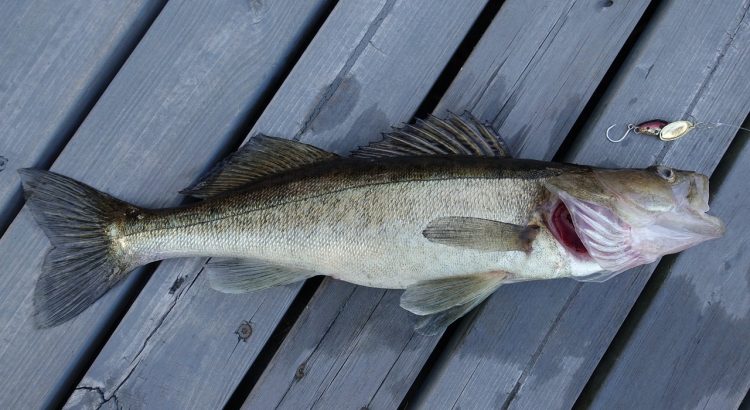Swedish Death Cleaning, also known as döstädning (dö = death, städning = cleaning) in Swedish, is a decluttering and organizing method with a focus on lightening the load for loved ones after you’re gone. It’s popularized by Margareta Magnusson’s book “The Gentle Art of Swedish Death Cleaning: How to Free Yourself and Your Family from a Lifetime of Clutter”.
Here are some key points about Swedish Death Cleaning:
- Goal: Minimize possessions and organize belongings in a way that makes it easier for family members to deal with your estate after you pass away.
- Process: Systematically go through your belongings, sorting them into keep, discard, or donate piles. The focus is on keeping only things that bring you joy or have true sentimental value.
- Benefits: It can be a cathartic process that allows you to reflect on your life and make decisions about what you want to leave behind. It also reduces stress on loved ones who wouldn’t have to deal with a cluttered house during a difficult time.
- Not just for the elderly: While the concept originated with older people preparing for the end of life, anyone can benefit from the decluttering and organizational aspects of Swedish Death Cleaning.
Think of it as a proactive approach to minimizing clutter and making things easier on those you leave behind, while also giving yourself a chance to rediscover cherished memories in the process.



